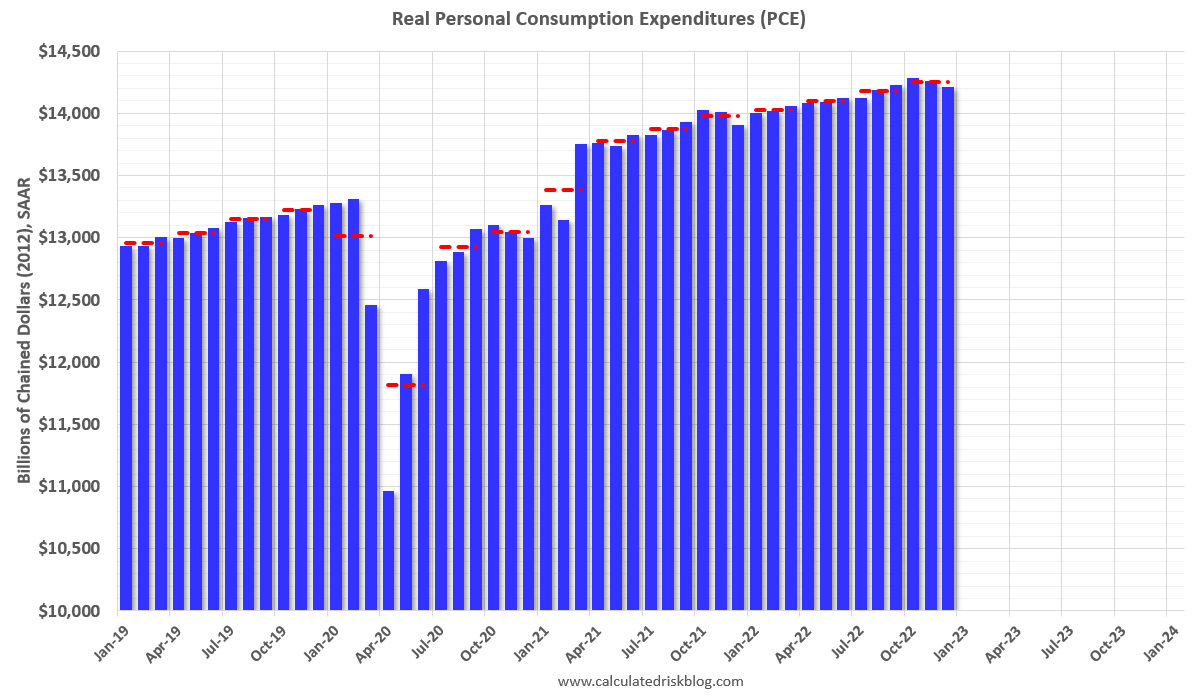Monday, January 30, 2023
Please note that in order to view the content for the
Bankruptcy Headlines
please
log in
if you are already an ABI member, or otherwise you may
Become an ABI Member
Thursday, January 26, 2023
Please note that in order to view the content for the
Bankruptcy Headlines
please
log in
if you are already an ABI member, or otherwise you may
Become an ABI Member
To amend title 11 of the United States Code to stop abusive student loan collection practices in bankruptcy cases.
Wednesday, January 11, 2023
To amend title 11 of the United States Code to modify the dischargeability of debts for certain educational payments and loans.
Monday, January 9, 2023
Tuesday, January 17, 2023
Please note that in order to view the content for the
Bankruptcy Headlines
please
log in
if you are already an ABI member, or otherwise you may
Become an ABI Member


